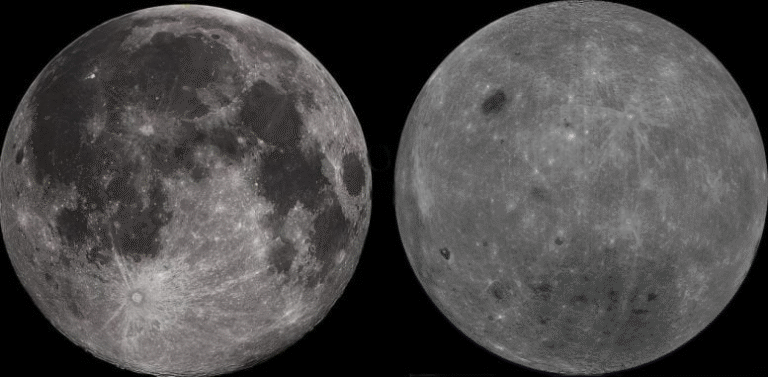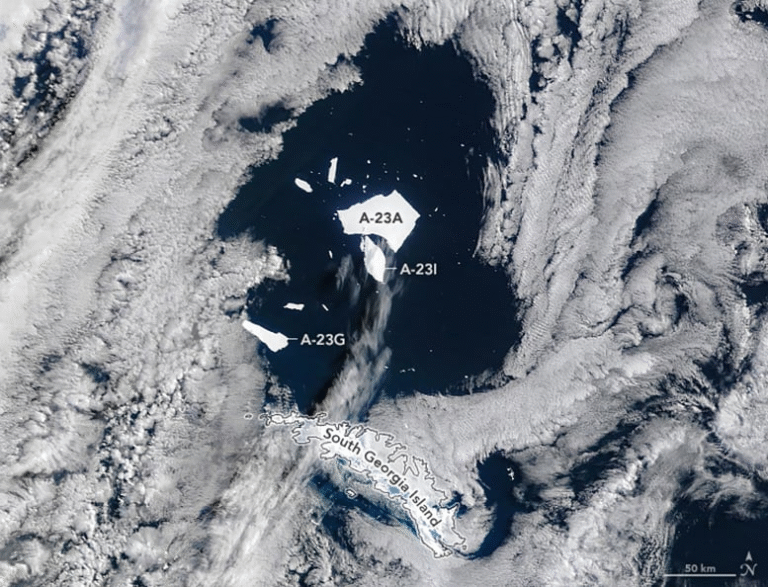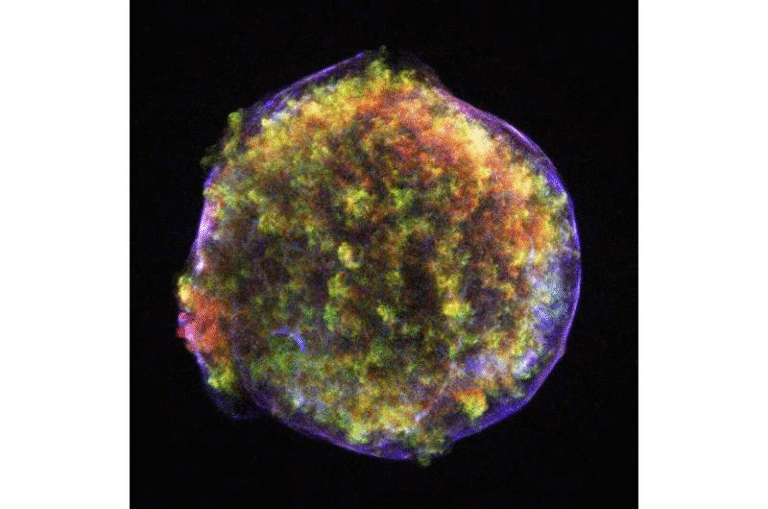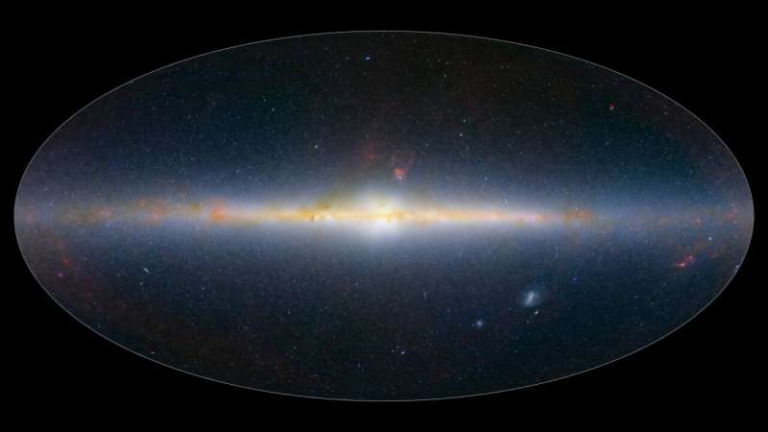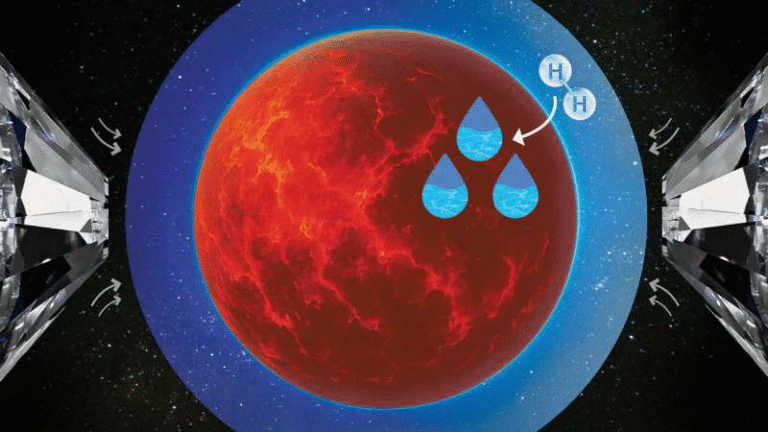JWST Uncovers a Planet-Forming Disk Strangely Full of Carbon Dioxide and Almost No Water
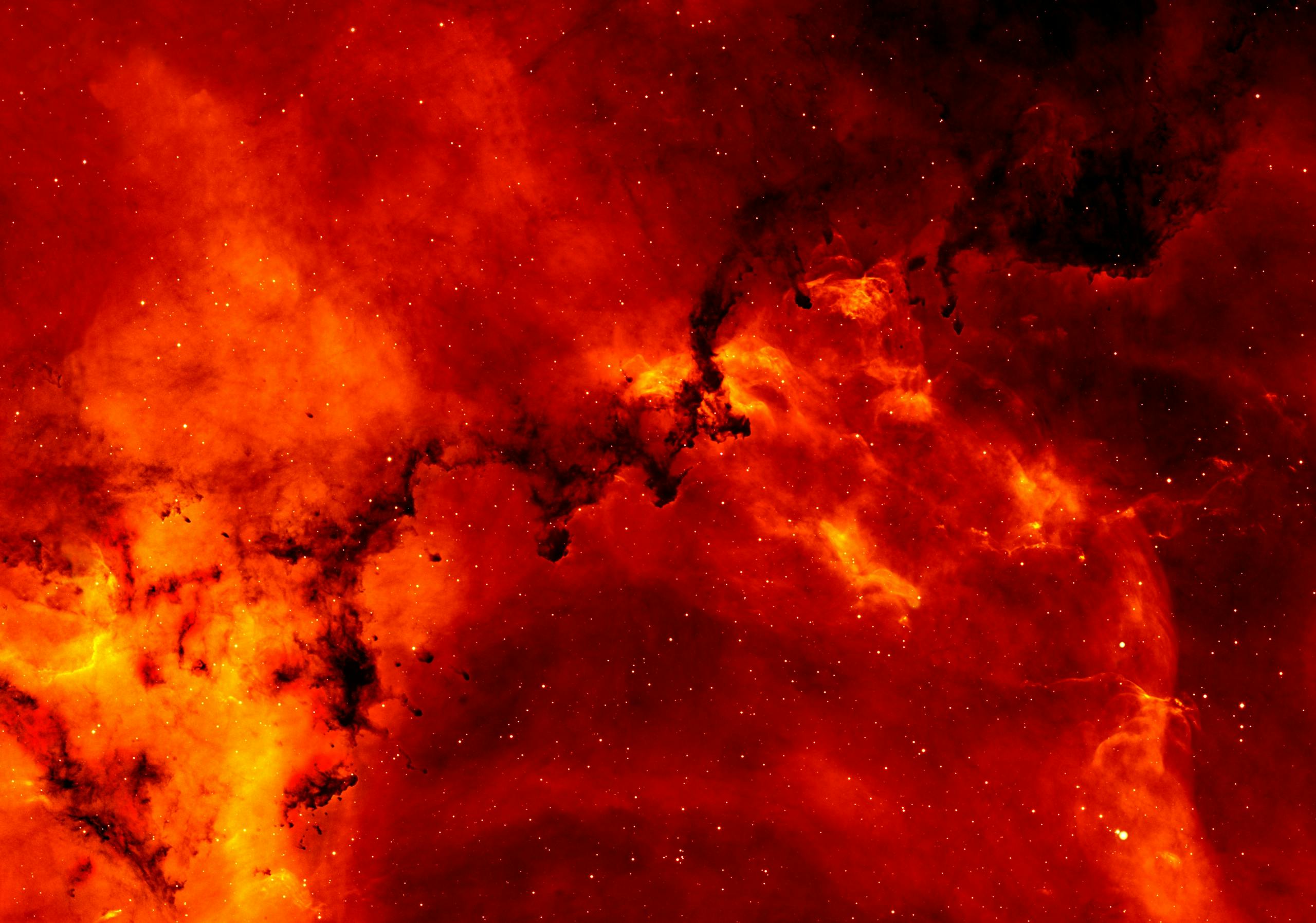
Astronomers using the James Webb Space Telescope (JWST) have uncovered a highly unusual planet-forming disk that challenges long-standing ideas about how planets come to life. Instead of being dominated by water vapor in its inner regions, this disk is unexpectedly rich in carbon dioxide (CO₂) — a dramatic reversal of what scientists typically observe in planetary nurseries.
The discovery centers on a young star named XUE 10, located in the massive star-forming region NGC 6357, also known as the Lobster Nebula. This region lies about 1.7 kiloparsecs (roughly 53 quadrillion kilometers, or about 8,000 light-years) away. The findings, published on August 29, 2025 in Astronomy & Astrophysics, were led by Jenny Frediani at Stockholm University, with contributions from an international team of researchers.
What’s So Unusual About This Disk?
In standard models of planet formation, icy pebbles from the cold, outer reaches of a disk drift inward. When they move closer to the star, the ice sublimates into vapor, filling the inner zones with water. This process normally produces strong water signals in infrared observations.
But JWST’s MIRI (Mid-Infrared Instrument) detected something very different in the case of XUE 10’s disk: water is nearly absent, and CO₂ dominates the spectrum. The researchers identified four distinct isotopologues of CO₂ — molecules containing variations of carbon and oxygen isotopes, including carbon-13, oxygen-17, and oxygen-18. These isotopic details provide rare clues about chemical environments in early planet formation and may even help explain odd isotopic patterns found in meteorites and comets in our own Solar System.
The Role of Extreme UV Radiation
One of the leading explanations for this odd chemistry is intense ultraviolet (UV) radiation. The environment around XUE 10 is bombarded with UV light at levels about 1,000 times stronger than what is typical near the Sun. This radiation could be coming from XUE 10 itself or from nearby massive stars within NGC 6357.
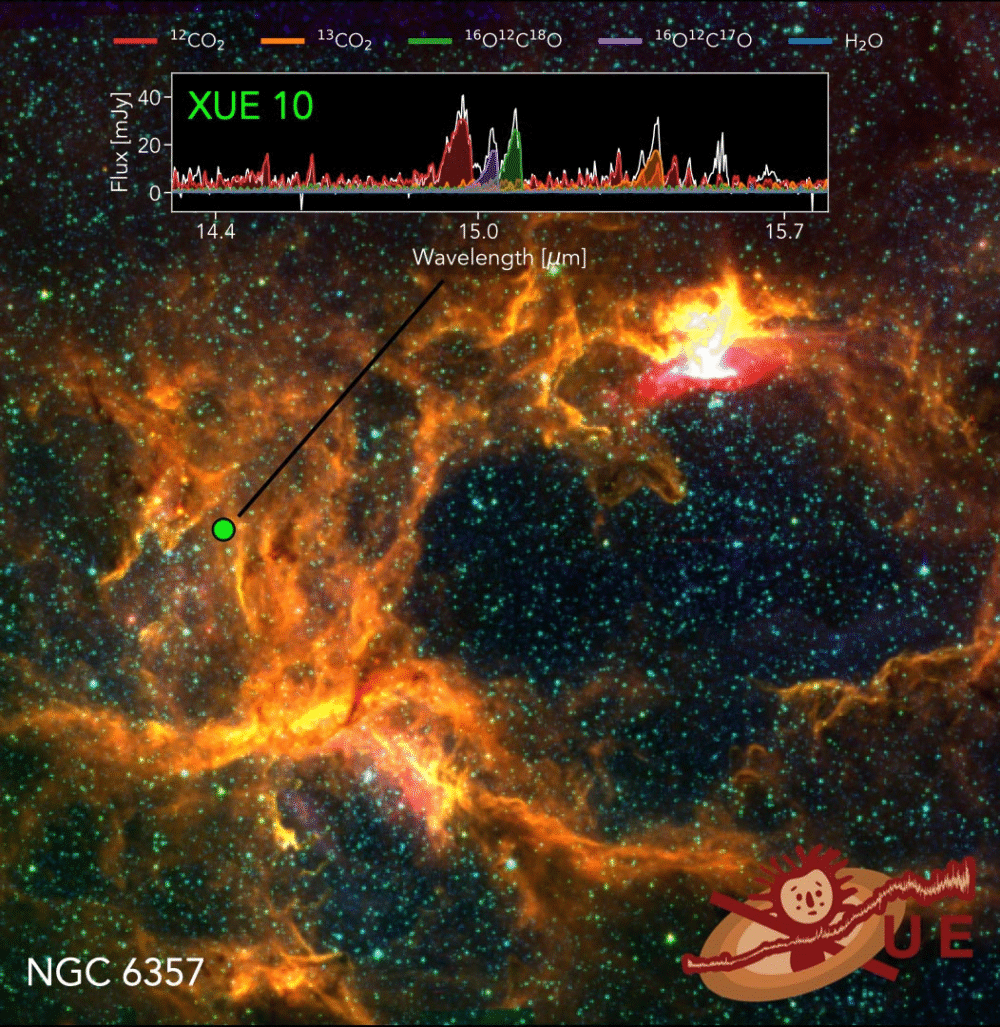
Such powerful radiation may destroy or suppress water molecules while allowing carbon dioxide to persist in the disk. This chemical reshaping highlights how different star-forming environments can lead to very different outcomes for planet formation.
Implications for Planetary Formation
This discovery raises serious questions about the universality of current planet formation models. Much of our understanding comes from studying relatively quiet, nearby star-forming regions like Taurus, where conditions are gentler. But the truth is, most stars — and likely most planets — are born in harsh, radiation-rich regions like NGC 6357.
If radiation can strip water out of a planet-forming disk, it may also mean that newborn planets in these environments start with less water available. This would influence the composition of planetary atmospheres and could directly affect the habitability of Earth-like worlds that emerge in such places.
The Tools and Techniques Behind the Discovery
The team used the MIRI MRS (Medium Resolution Spectrometer) on JWST, which is capable of capturing the molecular signatures in dusty, gas-rich disks with unprecedented clarity. This instrument revealed the CO₂ isotopologues and confirmed the near absence of water vapor.
The work is part of the XUE (eXtreme Ultraviolet Environments) collaboration, a project dedicated to studying how strong radiation fields shape the chemistry of young disks. The researchers suggest that future follow-up observations with facilities like ALMA (Atacama Large Millimeter/submillimeter Array) and the upcoming Extremely Large Telescope (ELT) could provide even sharper insights into these environments.
Why This Matters
- Challenging Models: The finding overturns the long-standing expectation that water vapor dominates the inner zones of planet-forming disks.
- Isotopic Insights: Detecting rare isotopologues of CO₂ could help link early star- and planet-forming chemistry with isotopic anomalies in meteorites and comets.
- Diversity in Planet Formation: The discovery shows that planetary systems forming under extreme UV conditions may look very different from those in calmer environments.
- Habitability Questions: Less water in a forming planetary system could lead to planets with drier conditions and atmospheres less suited for life as we know it.
Funding and Collaboration
The study received support from multiple institutions, including the Swedish National Space Agency, Deutsches Zentrum für Luft- und Raumfahrt (DLR), Horizon Europe European Research Council, Royal Society Dorothy Hodgkin Fellowship, and the Deutsche Forschungsgemeinschaft.
Reference
The research is published in Astronomy & Astrophysics:
“XUE: The CO₂-rich terrestrial planet-forming region of an externally irradiated Herbig disk” by Jenny Frediani, Arjan Bik, María Claudia Ramírez-Tannus, Rens Waters, Konstantin V. Getman, Eric D. Feigelson, Bayron Portilla-Revelo, Benoît Tabone, Thomas J. Haworth, Andrew Winter, Thomas Henning, Giulia Perotti, Alexis Brandeker, Germán Chaparro, Pablo Cuartas-Restrepo, Sebastian Hernández A., Michael A. Kuhn, Thomas Preibisch, Veronica Roccatagliata, Sierk E. van Terwisga and Peter Zeidler, published August 29, 2025.
DOI: 10.1051/0004-6361/202555718
TL;DR
JWST has revealed a planet-forming disk around star XUE 10 in NGC 6357 that is rich in CO₂ but nearly devoid of water. The finding challenges planet formation models, highlights the role of extreme UV radiation, and has implications for planetary habitability.
